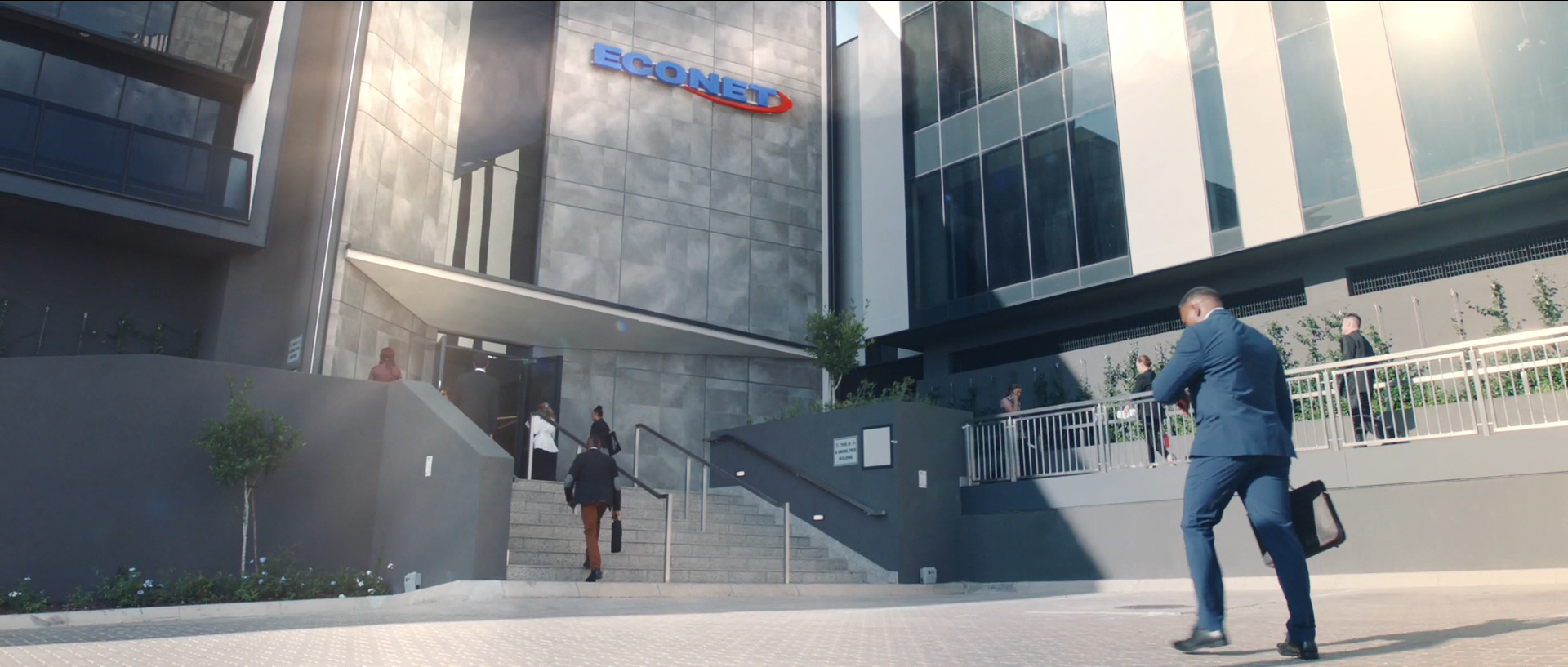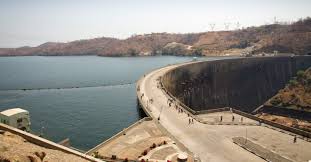Midlands possesses immense untapped export potential: ZimTrade
THE Midlands Province has vast untapped export potential in various key sectors of the economy that can boost employment creation and uplift livelihoods of people, trade development and promotion agency, ZimTrade has said.
Agriculture, mining, manufacturing, and services sectors are the dominant key areas that can unlock the potential.
The leather sector, if harnessed to its full potential can turn the province into a shoe manufacturing and exporting hub in southern Africa, said the trade agency.
However, in order to reap high dividend in the export front, particularly on agriculture, ZimTrade said the province needs to focus on capacitation skills for small holder farmers.
Added to that, concerted efforts must be made to mainstream group cohesion and embark on aggregation for farmers to tap into lucrative destinations including Europe.
ZimTrade conducted surveys across all provinces to identify potential economic activities and boost production and exports.
The survey revealed that the Midlands province has vast low-hanging export fruits in agriculture, mining, manufacturing and services sectors.
ZimTrade
The detailed survey covered Gweru, Gokwe North and South, Kwekwe, Chirumhanzu, Mberengwa, Zvishavane and Shurugwi districts.
In Gweru, viable economic activities identified range from agriculture, leather and leather products, manufacturing, mining, engineering and education.
The leather sector has huge potential to turn the district into a shoe manufacturing and exporting hub in southern Africa, it noted.
“Gweru District is home to the largest shoe company in Zimbabwe (Bata Shoe Company Zimbabwe), and this could be a pivot that supports the development of a strong leather cluster in the province, which in turn can turn the district into a shoe manufacturing and exporting hub in southern Africa,” reads part of the survey findings.
“There is huge potential to export shoes and other leather products to regional markets such as Zambia, Mozambique, Malawi and the Democratic Republic of Congo (DRC).”
Bata Shoe has invested over US$5 million in plant and machinery, a demonstration of confidence in the economy.
In June, President Mnangagwa toured the company and commissioned the three modern units. ZimTrade added that Gweru district has potential for exporting steel products, targeting African markets.
Other manufacturing activities that could provide quick wins in the export front include weaving and textile, clothing and fast-moving consumer goods (FMCGs).
It noted that the most common economic activities in Gokwe North and South districts are farming, with most small holder farmers concentrated in cotton production.
ZimTrade has said although cotton presents opportunities for quick spin-offs, there is more value to be unlocked if the product is value-added.
“This way, the two districts will create jobs and value addition also means better earnings for farmers and overall improved livelihoods for the people,” said the agency.
Agricultural, manufacturing and mining activities anchor economic activities in Kwekwe. The district has many large and small mines and several large steel mills with huge potential to be a steel export hub in the Midlands Province.
“Economic activities in the manufacturing sector involve agri-food processing where the district is already produced products such as canned vegetables for the local market.
“With increased production, the market could be extended to countries in the region such as Angola, Botswana, DRC and Mozambique,” said ZimTrade.
Although Mberengwa district provide a major boost on mining and production of small grains, efforts have been made to upscale production of fresh vegetables and fruits.
“Export potential in the district lies in the production of horticulture products such as tomatoes, cabbages, and butternuts, all of which are in high demand in regional markets such as Botswana.
“However, in order to export successfully there is a need for a focus on capacitation skills for small-holder farmers. These include training in agronomy, post-harvest handling as well as cold chain management,” it said.
Mining districts of Zvishavane and Shurugwi are touted to have large deposits of minerals such as platinum and gold, ZimTrade emphasised that with value addition and beneficiation the districts have the potential to earn much more from their resources.
The two districts have experienced an increase in small-holder farmers in recent years but most of them have limited connection to export markets.
“Surveys conducted in the districts revealed that some irrigation schemes have been successful in exporting with buyers coming from Francistown in Botswana to purchase vegetables such as kale/rape,” said the agency.
However, to achieve export success, there is a need to integrate small-holder farmers into the high-paying export market and consolidate the products for destinations, which require huge quantities such as the Netherlands, United Kingdom and China.
A recent report by the Zimbabwe National Statistics Agency (ZimStat) for the period 2019 and 2021 show that agriculture contributed $2, 83 billion in gross domestic production (GDP) with manufacturing adding $2, 33 billion.
President Mnangagwa has repeatedly urged companies to enhance value addition as opposed to exporting raw materials.-chronucl3..w










